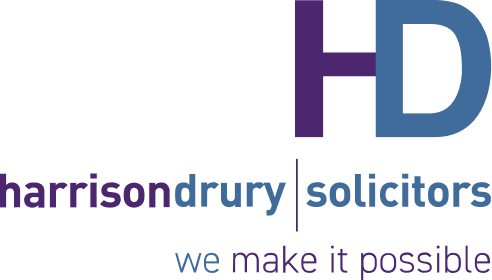
Kerry Southworth, solicitor in the corporate and commercial team at Harrison Drury, explains how the government’s recently announced Self-employment Income Support scheme will work and what steps the self-employed can take to prepare for it.
Article last updated March 31, 2020
On Friday March 20, 2020, the chancellor of the exchequer announced the Coronavirus Jobs Retention Scheme (CJRS) for employees in the UK that are affected by the coronavirus pandemic. This was followed by a further announcement on Thursday March 26, outlining a similar package for the self-employed, which has now been named the Self-employment Income Support scheme.
Criteria for the self-employed to join the scheme
The scheme will be available to any self-employed individual operating in the UK who meets the following criteria:
- You must have annual trading profits of less than £50,000.
Note: the government is yet to confirm how it will average out the annual trading profits. - More than half of your total income must come from self-employment.
- You must have been self-employed before April 6, 2019.
- You must have filed a tax return for 2018/19.
Note: the government has introduced an extension to filing this return, with a new expiry date of Sunday April 26, 2020. If this deadline is missed, you will not be eligible to join the scheme.
Many self-employed individuals field their work through a limited company, for various tax and liability reasons. If these individuals take a dividend from their company though, which many do to top-up their salary, they are not eligible for this scheme.
This is because the tax system does not distinguish between those who pay themselves in dividends from self-employment and those who receive dividends through shares.
Individuals who take dividends from their company will be operating under the PAYE system, which may however make them eligible for the CJRS scheme announced last week. This will have an impact though on their ability to keep working during the crisis.
What are self-employed applicants likely to receive?
Provided you meet the criteria, you will be eligible for a grant representing 80 per cent of your average monthly profits. This will be calculated based on your tax returns for the last three years. As with the CJRS, this is capped at £2,500 a month.
It is worth noting that, whilst these amounts are grants and not repayable to HMRC, they will incur tax, and accordingly will need to be declared on tax returns by January 2022.
When will the scheme be rolled out?
In his announcement, the chancellor announced that he expects the scheme to be operational in early June, at which point a payment equal to three months’ average monthly profit will be made.
For those looking for immediate financial support, there are other schemes available, including the deferment of income tax until January 2021, as well the option to defer VAT in some cases until March 31, 2021. The monies set aside to make these payments can be used to support businesses until this grant is paid.
How to apply to join the scheme
We understand that HMRC will contact those self-employed individuals who are eligible under the scheme. There is no guidance on when to expect communications, however once this received, you will then be directed to an online form to complete.
The government is urging self-employed individuals not to contact HMRC to apply for this scheme. If you believe you are eligible but do not from HMRC once they start contacting eligible people, it is strongly suggested to then make your enquiry.
Frequently asked questions
Harrison Drury’s corporate team has already received a number of enquiries about the scheme announced yesterday which are summarised below. We will continue to keep this updated as more information arises.
Can I continue to work if I join the scheme?
An employee being furloughed under the CJRS is required not to work for their employer during their furlough. However, self-employed individuals can continue to work. We understand that this will not affect their eligibility to access the scheme.
What if I only became self-employed part way during the 2018/19 financial year?
Provided you otherwise meet the eligible criteria, your average monthly profit will be based on your total profits for the 2018/19 financial year. This will not be applied pro-rata.
What if I only became self-employed after April 6, 2019?
The meet the criteria for the scheme the self-employed individual must have become self-employed before April 6, 2019. If the individual does not meet the criteria, they will not be eligible for the grant.
However, there are other avenues of support in this situation, including the Coronavirus Business Interruption Loan Scheme, as well as state benefits including universal credit, (changes to which have been announced in recent days).
What if my business has suffered losses?
The amount of the grant provided through the scheme will be based on average monthly profits, so if your business has not generated any profits, you will not receive anything. However, as mentioned above, there are other avenues of support in this situation.
If you have any questions about the income support schemes for employees or the self-employed, or to seek specialist legal advice from Harrison Drury’s corporate team please, contact Kerry Southworth on 01772 258321.

